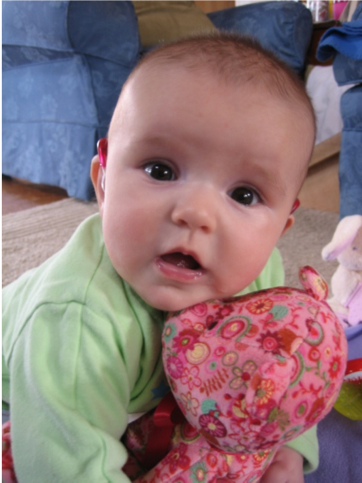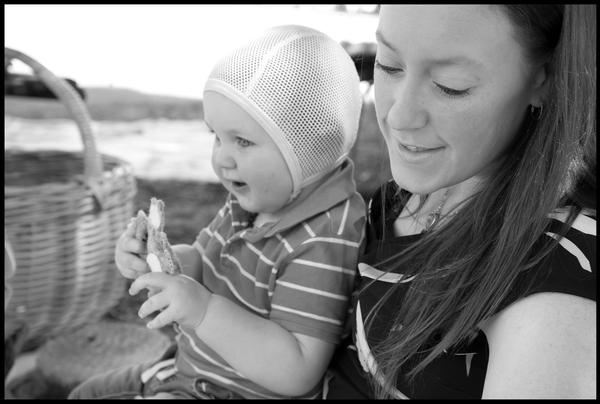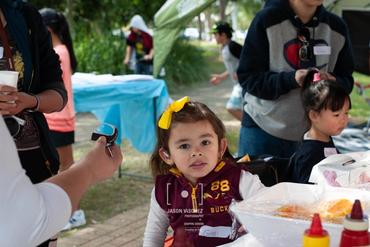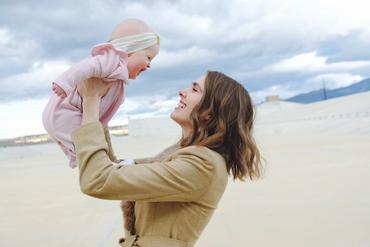Early signing. Hints, links and more
Within weeks of birth, babies start discovering the patterns and rules of the language used around them. This is true whether that language is spoken or signed.

Research shows that children acquire spoken and sign languages in a similar way, through communication with their parents and caregivers
Manual babble
Just as infants acquiring spoken languages babble before they form words, children acquiring sign language start babbling on their hands between four to seven months of age. This ‘manual babbling’ has the same features as sign language, including handshape, orientation, location, and movement.
Manual babble and early sign production include seven basic, natural handshapes (or ‘unmarked’ handshapes) that are used by both deaf and hearing infants as a normal part of communication development. Unmarked handshapes account for over 60 percent of Auslan signs.

First signs
At somewhere between about 8 and 16 months of age, infants start producing their first signs. The first 10 signs are usually produced at around 12 months, and the first 50 between 19 and 24 months. As a child’s movement control develops, they are better able to use their fingers and wrists to produce signs.
Just as young children make errors in producing speech sounds, so do signing children make errors in early sign production, such as errors in handshapes.
At somewhere between about 8 and 16 months of age, infants start producing their first signs
Single signs to two signs
At about 12 months of age, children use gestures and signs to refer to the same meaning. They combine gestures with a point and a single word, just like babies acquiring spoken language. This is known as the semantic one-sign stage.
In the next stage, which occurs from around 16 months, children start using the point and the sign to refer to two distinct meanings. Children’s first signs are similar to the first words of children acquiring spoken languages. Those linked with the child’s experience – such as those for people and food – appear first.
Question words, cognitive verbs (verbs used to describe thinking activities) and negation (language used to negate meaning, such as a negative head shake or sign such as NOT, DON’T, CAN’T) appear at about 18 to 24 months.
By the two-word stage, signing children are usually using nominals to refer to people. They generally start using pronouns by the age of two.

Grammar development
Following the two-word stage, children start to acquire the more complex aspects of sign language. These depend on the use of space with signs and non-manual markers, such as facial expression and movements of the eyes, mouth, head, and body. These features of sign language develop between the ages of 22 months and 4 1/2 years and are not fully mastered until about 12 years of age.
The linguistic skills of children acquiring sign language become increasingly more complex from three to four years of age (and beyond). By the age of five, children exposed to Auslan from infancy will have acquired most basic grammar.
Between the ages of six and eight years, children become confident communicators in a variety of social settings.
By the age of about eight, they start to understand things like sarcasm and metaphor.
As with all languages, vocabulary development continues throughout life.

About early signing: Handy hints and links to learn more
Researchers have developed a special scale, called the ‘Bimodal Bilingual Development Scale’, to help families, educators, and other professionals understand the sequence of language milestones when signed and spoken languages are both acquired as first languages.



